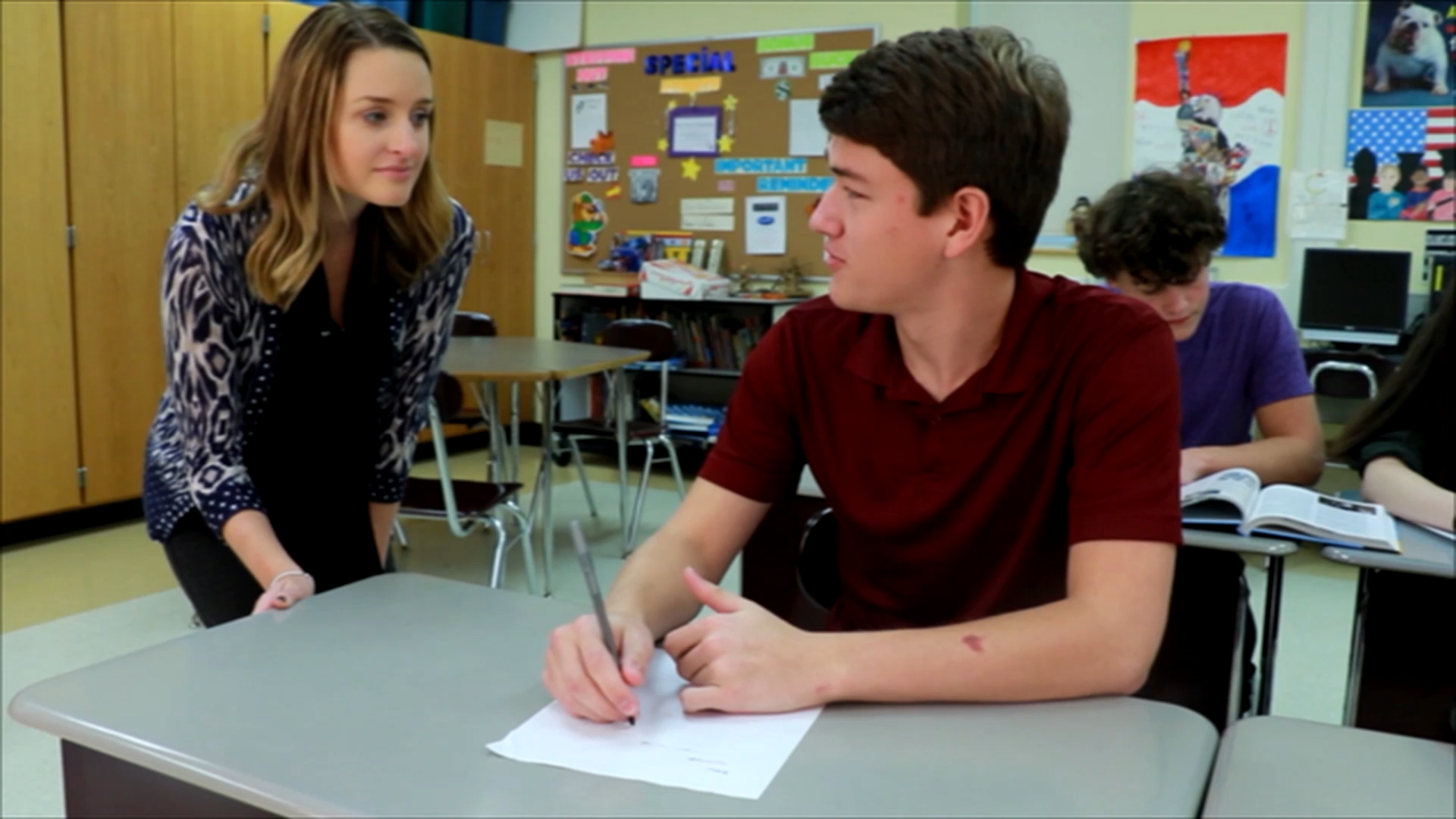
Introduction
In today’s fast-paced world, it is essential for students to develop strong problem-solving skills. By fostering a collaborative environment, educators can help students learn to work together and find solutions to various challenges. This blog post will discuss an easy-to-implement activity that promotes collaboration between students and teachers, as well as a set of discussion questions to dive deeper into the topic.
No-Prep Activity: Collaborative Problem Solving
This activity requires no preparation or materials and can be easily integrated into any classroom setting. The goal is to encourage students to work together to solve a problem by seeking help from their teacher and peers.
1. Begin by presenting the class with a hypothetical problem, such as a student who missed the group assignment day and needs to join a group. Explain the situation and ask the class for their thoughts on how to resolve the issue.
2. Encourage students to brainstorm solutions in pairs or small groups. This will help them develop their communication and collaboration skills, as well as build empathy for their classmates.
3. After a few minutes, ask each group to share their proposed solutions. As the teacher, you can provide guidance and feedback to help refine their ideas.
4. Once all groups have presented their solutions, facilitate a class discussion to determine the best course of action. This step reinforces the importance of working together to solve problems and highlights the value of seeking assistance from others.
Discussion Questions
- Why is it important to collaborate with others when solving problems?
- How can working with a teacher or classmates help you find better solutions to problems?
- What challenges might you face when working in a group, and how can you overcome them?
- Can you think of a time when you successfully solved a problem by working with others? What did you learn from that experience?
- How can you apply the skills learned in this activity to other areas of your life, such as at home or in extracurricular activities?
Related Skills
Developing problem-solving skills through collaboration is just one aspect of social-emotional learning. Other related skills that can benefit students include:
- Active listening: Being able to listen carefully and attentively to others’ ideas and perspectives is crucial for effective collaboration.
- Empathy: Understanding and sharing the feelings of others can help students build strong, supportive relationships with their peers and teachers.
- Conflict resolution: Learning to address and resolve conflicts in a constructive manner is essential for maintaining a positive group dynamic.
- Decision-making: Developing the ability to make thoughtful and informed decisions will serve students well in both their personal and academic lives.
Next Steps
Ready to explore more social-emotional learning activities and resources? Sign up for free samples of the discussed skill and others at Everyday Speech. By incorporating these materials into your classroom, you can help students develop essential life skills that will benefit them inside and outside of school.

